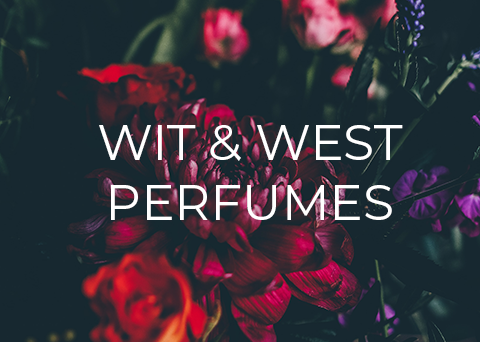Frankincense (Boswellia sacra) is a resin that is extracted from trees in the genus Boswellia and family Burseraceae. The oil used in perfumery can be distilled creating an essential oil, CO2 extracted creating a CO2 extracted, and solvent extracted creating an absolute oil. Typically, the trees must be at least 8-10 years old before they start producing the resin or sap that exudes from an incision cut in the tree's bark. Frankincense is also sometimes referred to as simply "incense" which comes from the French expression franc encens, which means "true incense". In Arabic frankincense is called olibanum, derived from al Luban, which means milk in reference to the sap or resin. Frankincense is one of the oldest aromatics in the world with references to its use dating back more than 5,000 years including by Greek writer Herodotus and Pliny the Elder who described its use in Naturalis Historia (AD 77–79).
The aroma of frankincense is a bit peppery, piney, citrusy, green, terpenic balsamic, warm and fresh. We love this ingredient for its versatility and ability to pair beautifully with citrus-forward fragrances as well as in richer fragrances including woody, spicy and amber scents.
You can find frankincense in the following Wit & West fragrances:
Gavitella Eau de Parfum
Habari Eau de Parfum
Jasmine Bae Saranae Eau de Parfum
Rosa de Bolero Eau de Parfum
Streetcar Magnolia Eau de Cologne
Yuzu Pop Eau de Cologne
